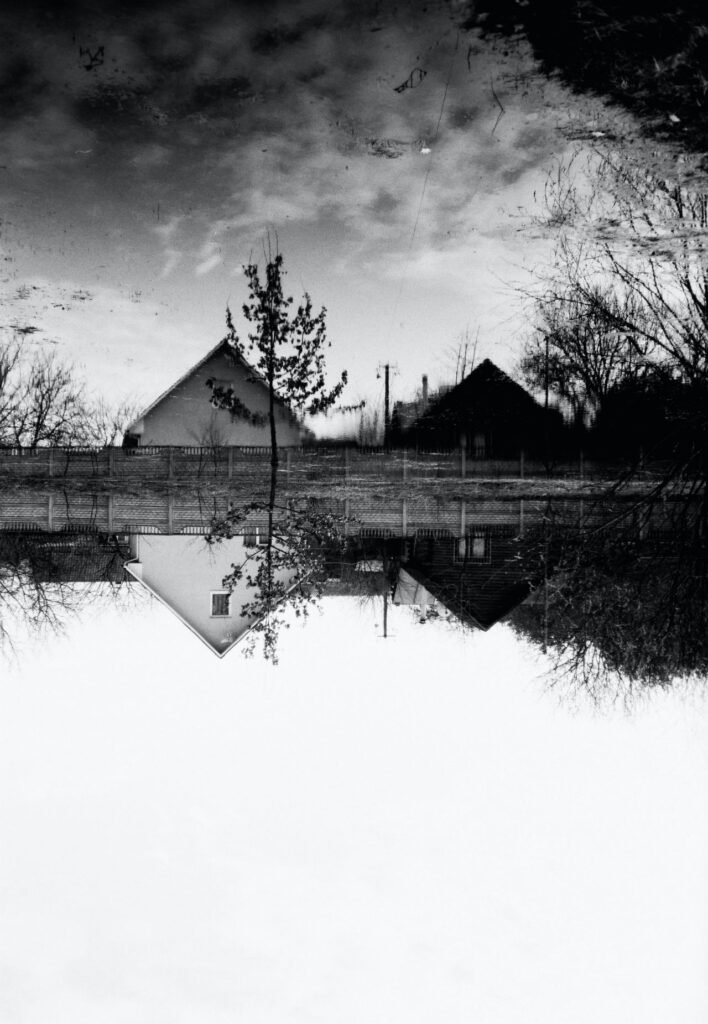I discovered Tolstoy’s “How Much Land Does a Man Need” on a sweltering summer afternoon in a used bookstore that smelled of dust and forgotten promises. The slim volume caught my eye—lost among towering collections of his more famous works like “War and Peace” and “Anna Karenina.” Perhaps it was the title’s directness that pulled me in, a question disguised as a statement. How much land does a man need? The simplicity of the inquiry belied its devastating power.
I took the book home and read it that evening as shadows lengthened across my small apartment. By the time darkness had fully settled, something in me had shifted irrevocably. I’ve read thousands of stories in my lifetime—epic novels that span generations, intricate tales that unravel the human psyche—but none has burrowed into my consciousness quite like this brief parable from Tolstoy’s pen. At barely thirty pages, it delivers a blow that leaves you breathless, questioning everything you’ve ever strived for.
The story begins innocuously enough. We meet Pahom, a peasant who believes that with just a little more land, he could rid himself of all troubles. “If I had plenty of land,” he declares, “I shouldn’t fear the Devil himself!” These words—this hubris—hang in the air like a prophecy. The Devil, overhearing this boast, smiles. I felt a chill run down my spine at this moment, sensing the invisible machinery of fate beginning to turn. Tolstoy, with characteristic economy, had set his trap.
What follows is a journey of escalating desire. Pahom acquires some land, then more, then still more. Each acquisition temporarily satisfies but soon gives way to greater hunger. When he hears of the Bashkirs, a people selling vast tracts of fertile land for almost nothing, he cannot resist. The deal they offer seems too good to be true: for one thousand rubles, Pahom can have all the land he can walk around in a day. The only condition? He must return to his starting point by sunset, or lose both his money and the land.
The night before reading this story, I had lain awake cataloging my own desires—the promotion I was chasing, the larger home I coveted, the recognition I felt I deserved. As Pahom prepared for his great opportunity, calculating how much land he could encompass, I recognized myself with uncomfortable clarity. How many times had I moved the goalposts of my own contentment? How often had “just a little more” been my silent mantra?
Tolstoy’s genius reveals itself in how he narrates Pahom’s fateful day. The rising sun, the careful marking of territory, the initial caution giving way to naked greed as Pahom spots better and better land just a little further on. I found myself physically tensing as I read, my breath quickening as Pahom strays further from his starting point, the sun climbing ever higher. “Turn back,” I silently urged him. “You have enough.” But desire had become his compass, and the Devil was watching.
The story’s climax unfolds with the terrible precision of Greek tragedy. Pahom realizes too late that he has strayed too far. The descent of the sun becomes a countdown to doom as he races back toward the starting point, his body breaking down even as his determination surges. I remember actually standing up as I read these pages, pacing my small living room, the book clutched in white-knuckled hands. Few works of literature have physically moved me this way—as if my own fate hung in the balance.
When Pahom finally reaches his goal, collapsing at the feet of the waiting Bashkirs just as the sun disappears behind the horizon, Tolstoy delivers his masterful final stroke. Pahom’s servant picks up a spade and digs a grave “long enough for Pahom to lie in”—exactly six feet from head to heel. How much land does a man need? Just enough to be buried in.
I closed the book and sat motionless in the dark. Something profound had shifted in my perception. The next morning, I called and withdrew my application for a larger apartment. The week after, I declined a promotion that would have doubled my workload for a thirty percent increase in salary. Friends thought I had lost my mind. Perhaps I had found it.
What makes Tolstoy’s parable so devastating is not just its moral clarity but its psychological precision. Pahom is not a bad man. He’s not particularly greedy by the standards of his society—or ours. He simply falls prey to a universal human tendency: the belief that contentment lies just beyond the next acquisition. Each time he obtains more land, he experiences a brief satisfaction followed by renewed desire. The cycle is painfully familiar to anyone living in our consumer culture.
In the months since reading this story, I’ve found myself invoking Pahom’s name like a talisman whenever I feel the pull of unnecessary want. Before making any purchase, before pursuing any new opportunity, I ask myself: Am I chasing this because it truly adds value to my life, or am I just marking out a larger circle of desire? The question has saved me countless dollars and hours—and perhaps something far more precious.
Tolstoy wrote this story after his spiritual conversion, when he had turned away from the aristocratic life and embraced a simpler existence. Critics often dismiss his later works as overly moralistic, lacking the psychological complexity of his major novels. But such criticism misses the surgical precision with which “How Much Land Does a Man Need” cuts to the heart of human folly. There is no heavy-handed sermon here—only the unforgettable image of a man racing against the setting sun, driven by a desire that can never be satisfied.
The story’s brilliance lies partly in its structure—the perfect arc of rising action that mimics Pahom’s expanding greed. But its true power comes from what it leaves unsaid. Tolstoy doesn’t need to explicitly condemn materialism; he simply shows us its natural conclusion. The final image—a man stretched out dead on the land he so desperately wanted—contains multitudes of meaning. The grave, that “plot” of earth that we all eventually inherit, becomes the ultimate comment on human ambition.
I’ve recommended this story to dozens of friends since reading it, pressing copies into reluctant hands with evangelical fervor. “It’s short,” I assure them. “It will take you less than an hour.” What I don’t tell them is how that hour might rearrange their lives. Some return the book with polite thanks and unchanged eyes. Others call me at midnight, voices hushed with revelation. “I just finished it,” they say, and I can hear in their tone that they’ve been initiated into the same understanding that now haunts me.
Last week, I passed that same used bookstore and found myself drawn inside. At the register, a young woman was purchasing a collection that included “How Much Land Does a Man Need.” Our eyes met briefly as the shopkeeper wrapped her purchase. I wanted to say something—to warn her or congratulate her, I wasn’t sure which. In the end, I simply nodded. Some journeys we must each undertake alone.
As I write this, I can see through my window the lights of the city spreading out to the horizon—each point representing a human story of wanting, having, wanting more. Somewhere in that glittering expanse, perhaps someone else is encountering Pahom’s fate for the first time, feeling the same seismic shift I experienced. Tolstoy’s question continues to reverberate across centuries: How much land does a man need? The answer—so simple, so devastating—waits for each of us at the end of our own measured plot.



























